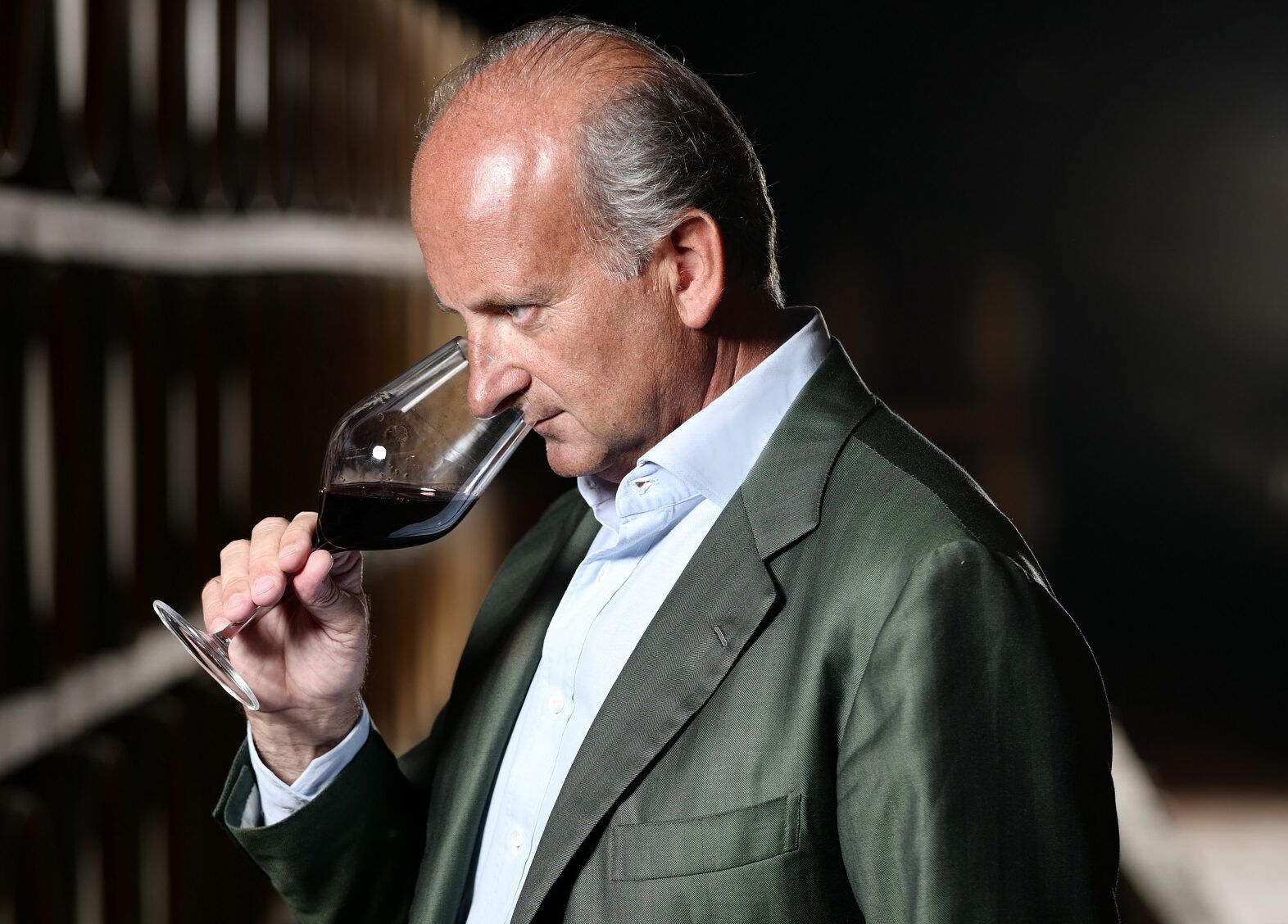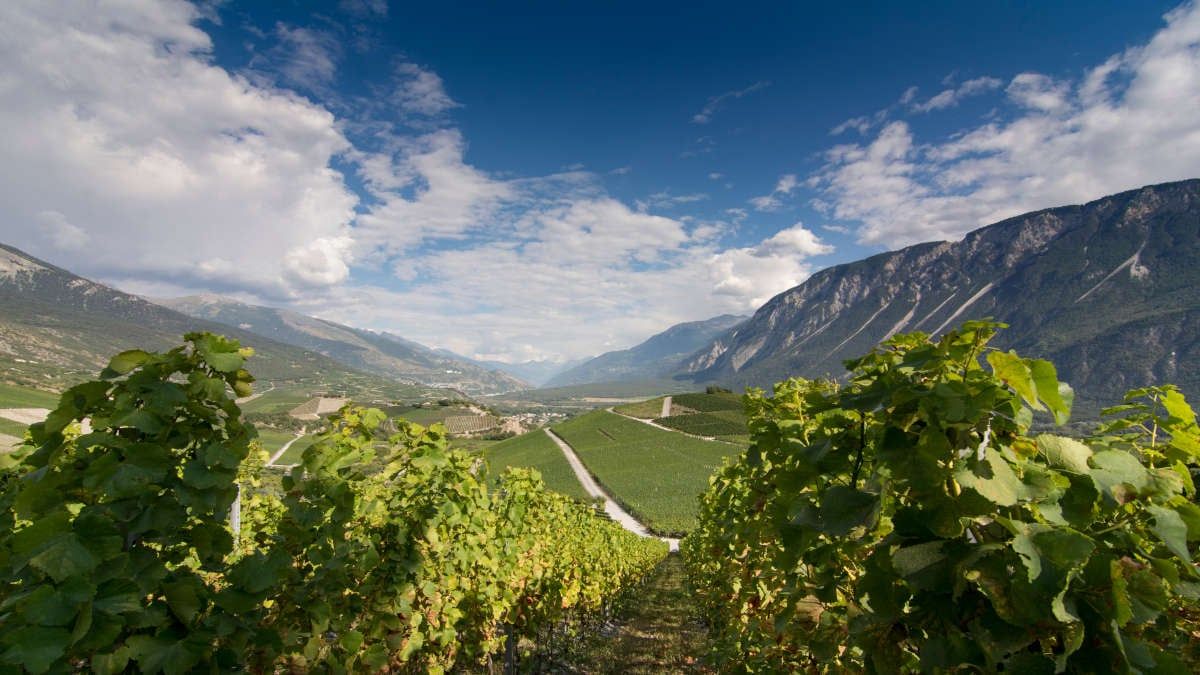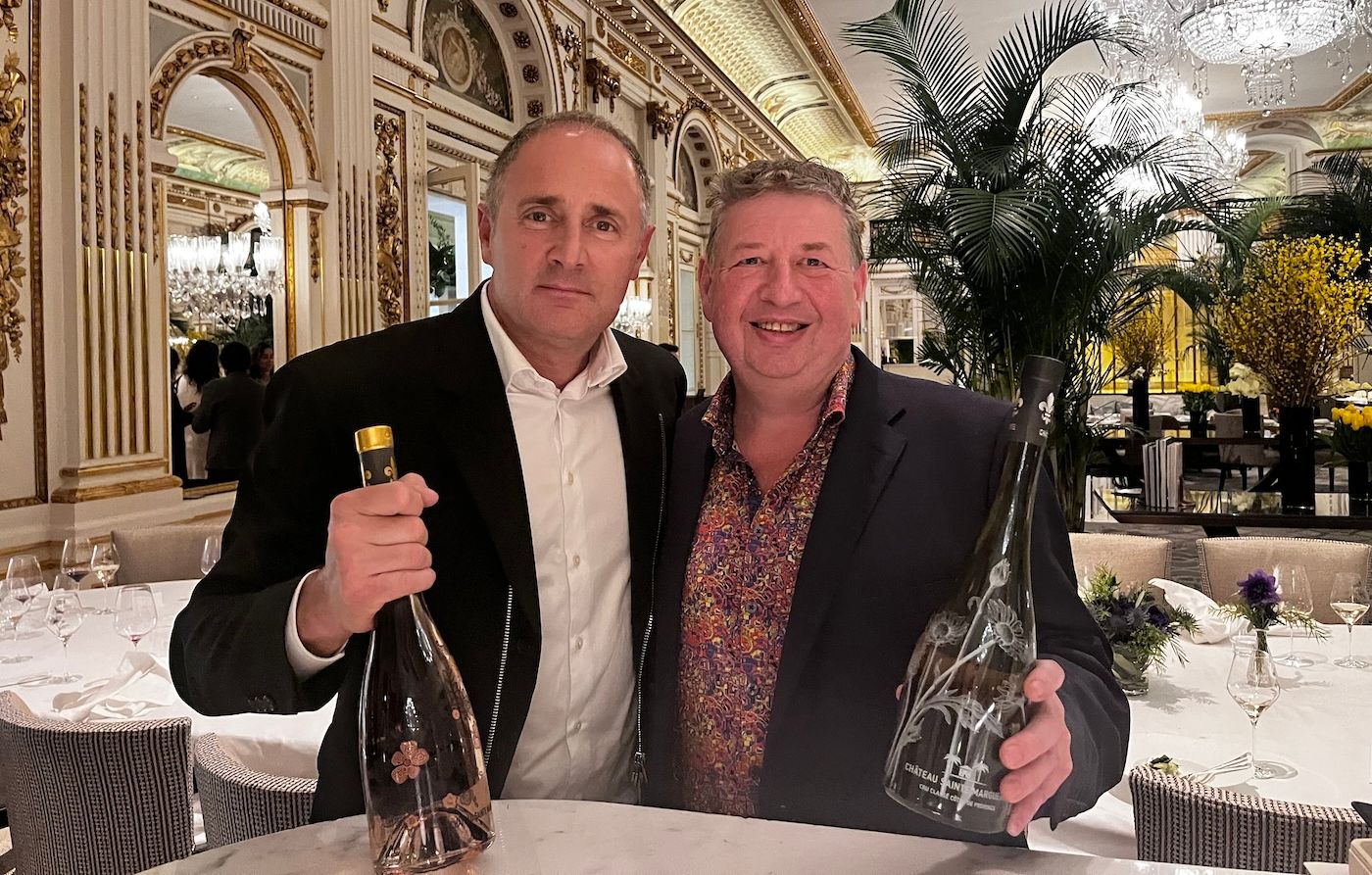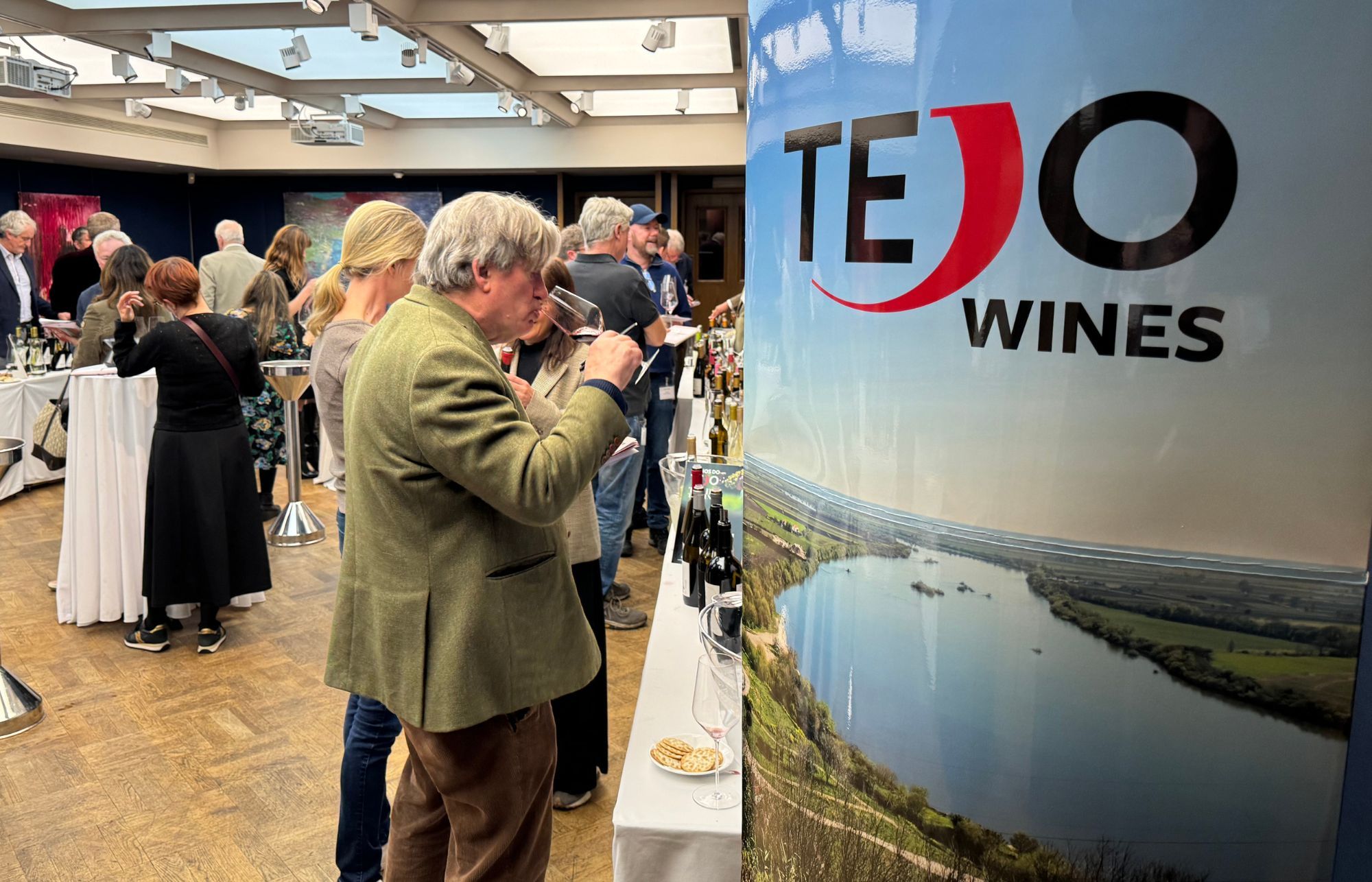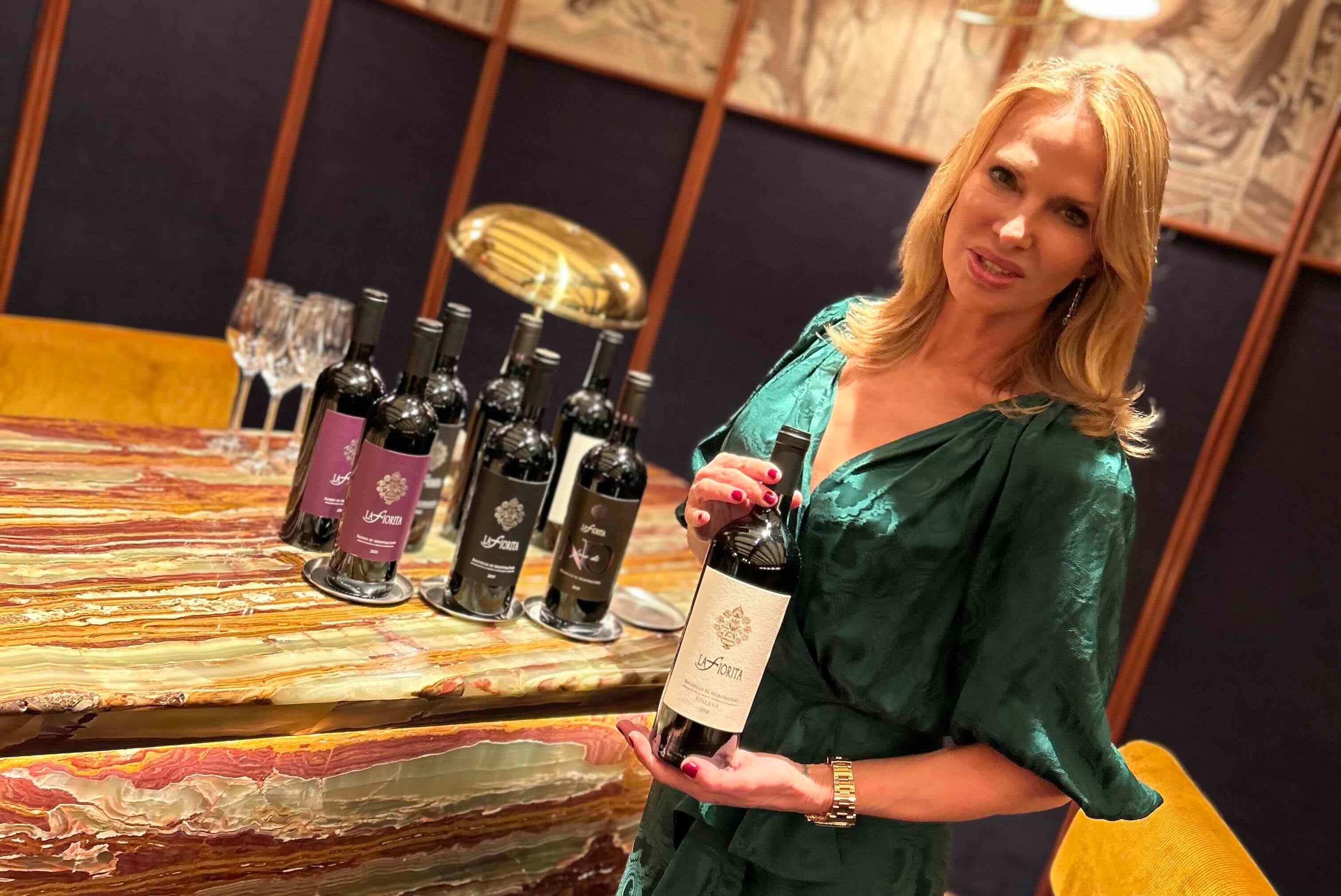“The truth is, not everyone wants the same thing… and all this means is that winemakers need to up their game,” says Lamberto Frescobaldi.

Location, location, location lies at the heart of Frescobaldi’s strategy for acquiring wine estates
On a brief press tour around some of the Frescobaldi estates last autumn, I found myself wondering ‘Just where does this historic wine producing family, which dates its origins back to the 1300s and owns 11 very different estates, fit into the complex and dynamic world of Italian wine today?’
Frescobaldi’s strategy has been quite different to that of the Antinori family, which has spread its wings well beyond its native Tuscany and is involved in more projects than I can count. By contrast, Frescobaldi has remained focused on Tuscany, with estates spread across the entire region including Rufina, Chianti Classico, Montalcino, Montepulciano, Bolgheri and Maremma. Last year it added Poggio Verrano to its existing coastal estate, Tenuta Ammiraglia.
Again, in contrast to Antinori, its most famous joint venture – Tenuta Luce with Robert Mondavi which makes both Brunello and SuperTuscan blends – is firmly on home turf, adjacent to its Castelgiocondo Estate. Although kept organisationally separate from the rest of the group, Luce confirms Frescobaldi’s strong Tuscan focus.
In his Essential Guide to Italian Wine, respected wine writer Danieli Cernelli says Frescobaldi’s numerous Tuscan estates – plus Attems in Friuli, its one non-Tuscan Italian estate – “represent Frescobaldi’s desire to represent the many sides of Italian winemaking” – and this somehow seems to strike at the heart of it. Yes, Frescobaldi is big on Sangiovese in many of those estates but the ventures in Maremma represent a shift towards the SuperTuscan varieties as well as Vermentino and Ansonica, the two varieties which go towards its famed and scarce Gorgona wines, made from grapes grown by prisoners on the eponymous island off Tuscany’s coast. Tenuta Ammiraglia produces two very distinct (oaked and unoaked) pink wines made from Syrah and Vermentino, a fresh Vermentino and a cherry charged Morellino di Scanano, all a far cry from the Sangiovese that consumers first associate with Frescobaldi.
A move away from Sangiovese?
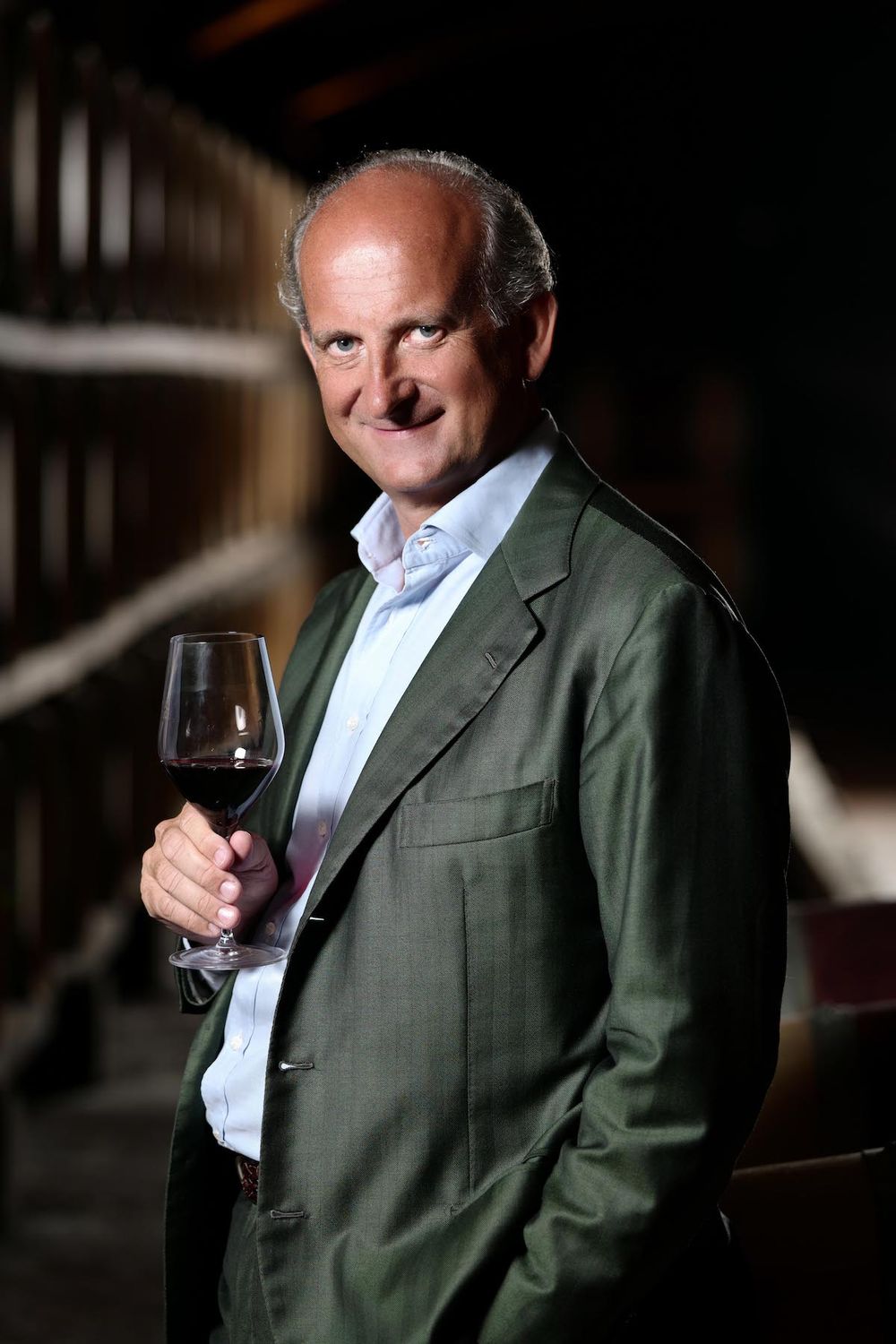
“Never cut corners,” Lamberto Frescobaldi, president Marchesi Frescobaldi
Is this all a reflection of changing consumer tastes – for generations bought up on Malbec and Shiraz, Sangiovese’s sometimes hard acidity, particularly in young wines, can be hard going. Or part of a wider strategy as perceived by Cernelli?
And what lies behind the purchase last year of Domaine Roy & fils: to my mind at least, choosing Oregon for the group’s first non-Italian venture seems a little random, despite Pinot Noir being almost every wine connoisseur’s favourite wine these days.
I sat down to a Zoom talk with Lamberto Frescobaldi, president of Marchesi Frescobaldi in an attempt to discern his thinking and maybe get some idea of where the famous group is headed.
“Yes, it is true that we can trace our winemaking heritage back 900 years and this is a fantastic legacy of which to be proud, but one needs always to be pursuing new goals and moving forwards. You can never just stand where you are especially with the wine industry now so competitive. People are making wine almost everywhere but it is difficult to make a good living with it: you need always to be curious, never rest on your laurels and look at new ideals. Being successful means that you can have good people around you who know what they are doing and you can focus on distribution – never cut corners on these things.”
I ask him how he feels about the fact that the typical wine drinker of days gone by – who would happily drink the same wine day in, day out, and in large quantities – is no more; people are not only drinking much less – especially millennials of whom as many as 25-30% don’t drink at all – but have become more demanding and are keen to explore, away from Tuscany’s signature variety. Frescobaldi says the picture is complex and evolving.
“Demand for wine has become more diversified, and this allows us to look at new places to make wine. The truth is, not everyone wants the same thing. Younger people like more weight and sugar in their wine, whilst older red drinkers who used to want big and bold, today want complexity, elegance and finesse, certainly not over-oaked, over-extracted wines. All this means winemakers need to up their game.”
He says this is particularly so with Sangiovese which he argues is a highly productive, overplanted variety often grown in the wrong places with tough, unappealing tannic wines the result. He says the best Sangiovese is particularly site-driven and should be compared to Pinot Noir, performing best at altitude where it can retain character and acidity and where careful grape selection can produce delicate, nuanced wines.
“When we bought Tenuta Perano (in Gaiole in Chianti) back in 2014 to start making our first Chianti Classico, some people said that at 500m it was too high. I disagreed, saying climate change is altering how we should make wine. And I was right – nine years on, Perano is a great success, making great wine.”
And, it has to be said, wines defined by acidity as much as tannin.
Frescobaldi says that 20 years ago the A word was barely used in the context of wine; today, it is everywhere and is reflected in the wines the family makes across Tuscany, including in Bolgheri (Ornellaia) and at Maremma. The two rosés I taste from Tenuta Ammiraglia are quite delicious and fresh, enlivened by saline acidity. Likewise Benefizio, made in Frescobaldi’s idyllic Castello Pomino, some 700m above sea level, where Leonia Pomino Brut, the group’s leading sparkling wines are made, alongside Pomino Pinot Nero, made from grapes planted after the local Sangiovese was pulled up. Though 100% Chardonnay, Benefizio is marketed as Pomino Bianco Riserva 2021 stressing the fact Frescobaldi sees his wines as location-driven rather than variety driven.
“Anyone can make wine from a variety but for us a wine has to be very special, the result of inter-reaction between site, variety and the people involved.”

Idyllic: Pomino Estate
The move to Montepulciano
It was site that encouraged Frescobaldi to cross Tuscany to Montepulciano in 2021 and buy the estate which it relaunched as Tenuta Calimaia one year later; two wines, an Annata and a Riserva are produced at the 70 ha estate from the local Sangiovese clone Pugnolo Gentile. It’s not the first time the Frescobaldis have been a presence in this most beautiful town of Tuscany: in 1390 a certain Lionardo di Niccolo Frescobaldi was the town mayor, so the launch of the new wines had an additional familial pride. Lamberto Frescobaldi is proud of the wines – as he should be, the just launched Riserva is excellent, showing dark brambly fruit with herbal notes and a long finish.
When I suggest Vino Nobile di Montepulciano has been overshadowed by Brunello di Montalcino and also Chianti Classico – a problem compounded by people confusing the town and denomination with the grape variety of the same name from Abruzzo – he agrees, saying it’s high time the DOCG got its full due.
“As a region, Montepulciano has some truly unique qualities: heavy clay soils which retain water and allow slow maturity, the weather is warm but never gets that hot, and has nice cool nights. As a result the Sangiovese is very special, it has weight but also finesse in the palate, we’re very happy with how things are going there.”
Why Oregon?
So finally, I have to ask, why the Oregon purchase?
Frescobaldi admits the group have been long on the look out for a suitable estate in North America but opted for Domaine Roy & fils because of its ability to grow “breathtaking” Pinot Noir sustainably; when he first visited it was love at first sight.
“If you’d asked me 20 years ago do I like Pinot Noir, I wouldn’t have said yes, but as you get older your palate changes and you look for something more complex. And this wine is wonderful.”
So, how does he see the future? In terms of drinking trends he admits it doesn’t look good, in volume terms at least.
“In Italy people used to drink 120 L of wine a year, now its 30 L. And it’s the same in other markets. That means that the focus has to be on quality and on providing wines people really want to drink. Yes, Sangiovese will remain king but it will be much more site-specific and of course, we will be increasingly be making other varieties. The challenge going forward will be making more complex, more elegant and better wines, and offering our clients icons from very special locations.”
Five Frescobaldi wines that should be on your list
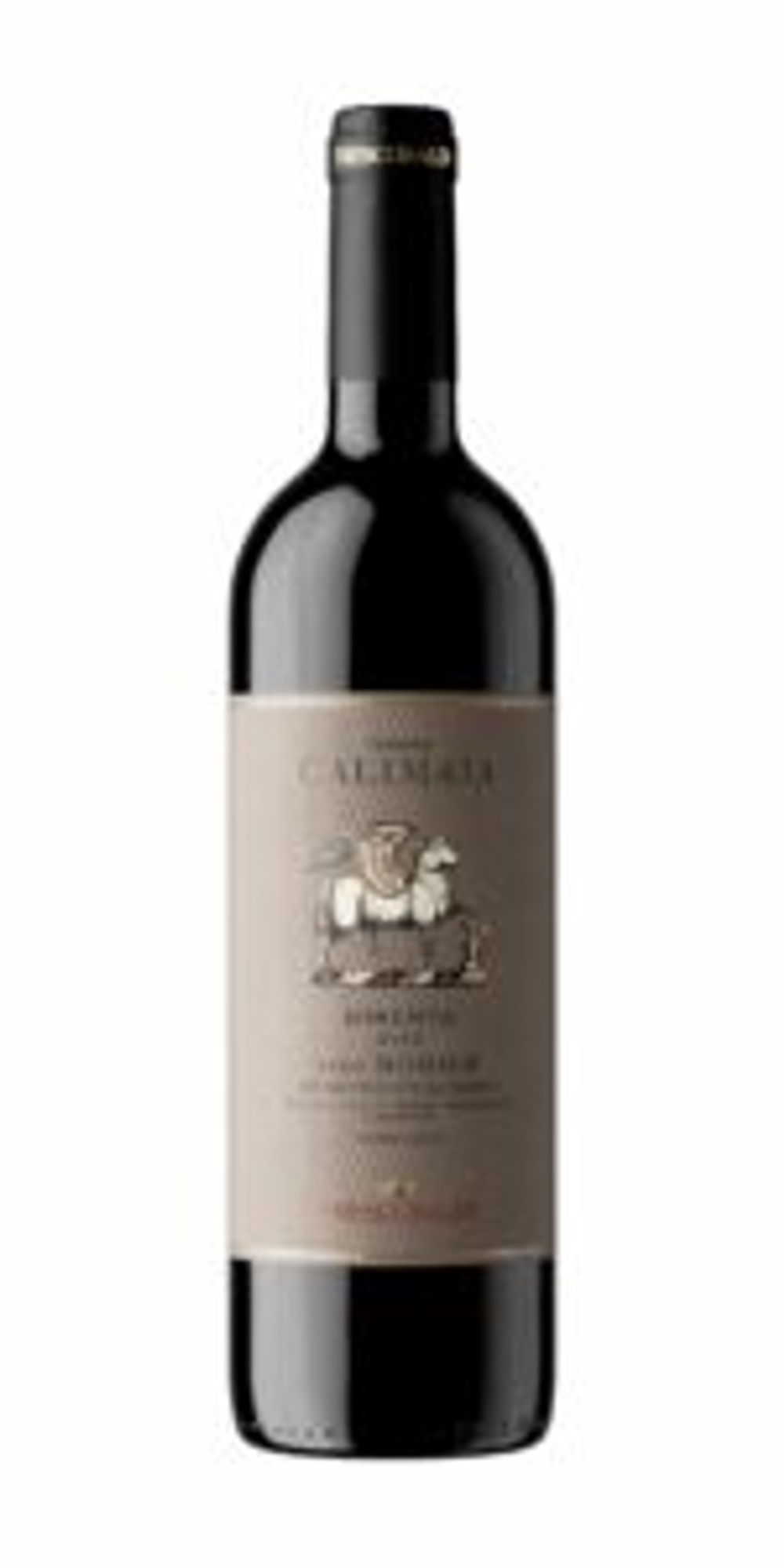
Tenuta Calimaia, Riserva Vino Nobile di Montepulciano 2019 DOCG
Tasted in Florence’s glorious Piazza della Signorinia, this first riserva from Calimaia – made from Prugnolo Gentile aka Sangiovese and a sprinkling of other local varieties– has been worth the wait. Forest fruits, cherry, good acidity and warm balanced tannins create a wine that will age wonderfully but is frankly, all set to go now. Great length too.
Castello Pomino, Pomino Bianco Riserva 2021
Balance, acidity and a wonderful warm moreish texture define this Chardonnay from the Pomino estate. This is elegant, showing nice fruit with carefully vanilla and butter tones. Camilla, the winemaker at Pomino, calls this a meditation wine and I won’t argue with that. Rather special.
Castello Nipozzano Vecchie Viti Riserva 2020, Chianti Rufina DOCG
The 1000-year-old Castello Nipozzano is one of the biggest and oldest jewels in the Frescobaldi crown with the estate now producing north of one million bottles. I liked the red fruit, cherry charged Vecchie Viti made from grapes grown on the oldest vines of the estate – mainly Sangiovese but with other local varieties too including Malvasia Nera – and oak aged for 24 months before bottling. A worthy classic.
Castelgiocondo, Brunello di Montalcino 2018 DOCG
OK, 2018 wasn’t the best of vintages but this wine – from one of the biggest estates in the DOCG – is a classic example of the style, good acidity, not too tannic, medium to full bodied, quite floral and spicy on the nose with blueberry and blackcurrant on what it is a long palate. This will age nicely but is already showing quite well.
Tenuta Ammiraglia, Alie 2022, Toscana IGT
Of the two rosatos made by this coastal estate, I really enjoyed this, the lighter, unoaked one; made from a blend of Syrah and Vermintino, this is very fresh, almost pretty but with depth and character too, with strawberry and mint on the palate. A perfect aperitif wine, also great with fish/shellfish.
